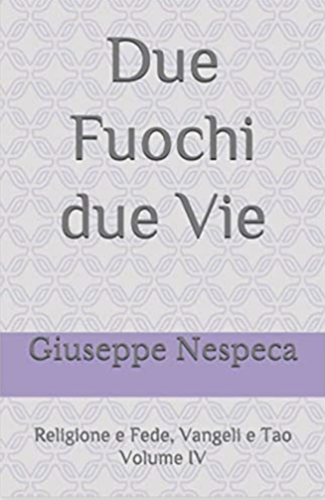At the heart of the Liturgy of the Word […] we find the figure of the poor widow or, more precisely, we find her gesture when she dropped her last coins into the collection box of the Temple treasury. Thanks to Jesus' attentive look it has become the proverbial "widow's mite" and indeed is synonymous with the generosity of those who give unsparingly the little they possess. However, I would like first of all to emphasize the importance of the atmosphere in which this Gospel episode takes place, that is, the Temple of Jerusalem, the religious centre of the People of Israel and the heart of its whole life. The Temple was the place of public and solemn worship, but also of pilgrimage, of the traditional rites and of rabbinical disputations such as those recorded in the Gospel between Jesus and the rabbis of that time in which, however, Jesus teaches with unique authority as the Son of God. He judges the scribes severely as we have heard because of their hypocrisy: indeed, while they display great piety they are exploiting the poor, imposing obligations that they themselves do not observe. Indeed, Jesus shows his affection for the Temple as a house of prayer but for this very reason wishes to cleanse it from improper practices; actually he wants to reveal its deepest meaning which is linked to the fulfilment of his own Mystery, the Mystery of his death and Resurrection, in which he himself becomes the new and definitive Temple, the place where God and man, the Creator and his creature, meet.
The episode of the widow's mite fits into this context and leads us, through Jesus' gaze itself, to focus our attention on a transient but crucial detail: the action of the widow, who is very poor and yet puts two coins into the collection box of the Temple treasury. Jesus is saying to us too, just as he said to his disciples that day: Pay attention! Take note of what this widow has done, because her act contains a great teaching; in fact, it expresses the fundamental characteristic of those who are the "living stones" of this new Temple, namely the total gift of themselves to the Lord and to their neighbour; the widow of the Gospel, and likewise the widow in the Old Testament, gives everything, gives herself, putting herself in God's hands for others. This is the everlasting meaning of the poor widow's offering which Jesus praises; for she has given more than the rich, who offer part of what is superfluous to them, whereas she gave all that she had to live on (cf. Mk 12: 44), hence she gave herself.
Dear friends, starting with this Gospel icon I would like to meditate briefly on the mystery of the Church, the living Temple of God, and thereby pay homage to the memory of the great Pope Paul VI who dedicated his entire life to the Church. The Church is a real spiritual organism that prolongs in space and time the sacrifice of the Son of God, an apparently insignificant sacrifice in comparison with the dimensions of the world and of history but in God's eyes crucial. As the Letter to the Hebrews says and also the text we have just heard Jesus' sacrifice offered "once" sufficed for God to save the whole world (cf. Heb 9: 26, 28), because all the Love of the Son of God made man is condensed in that single oblation, just as all the widow's love for God and for her brethren is concentrated in this woman's action; nothing is lacking and there is nothing to add. The Church, which is ceaselessly born from the Eucharist, from Jesus' gift of self, is the continuation of this gift, this superabundance which is expressed in poverty, in the all that is offered in the fragment. It is Christ's Body that is given entirely, a body broken and shared in constant adherence to the will of its Head.
[Pope Benedict, homily Brescia 8 November 2009]












